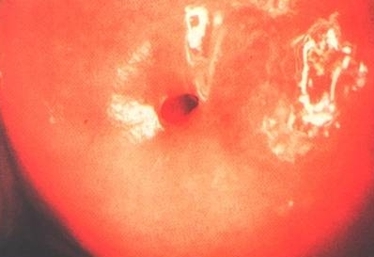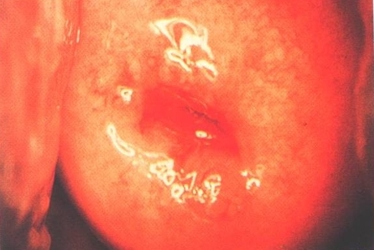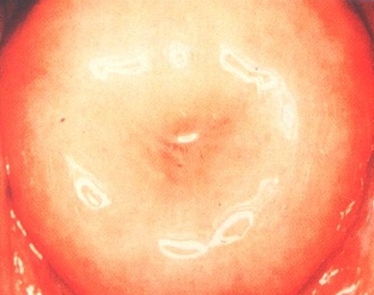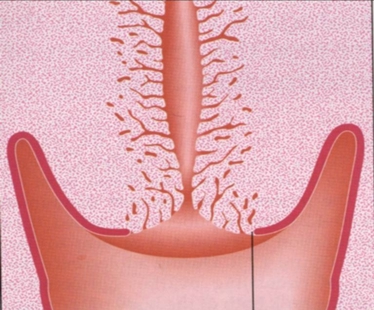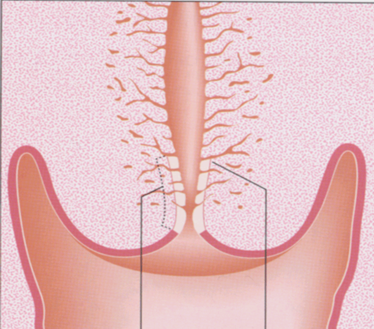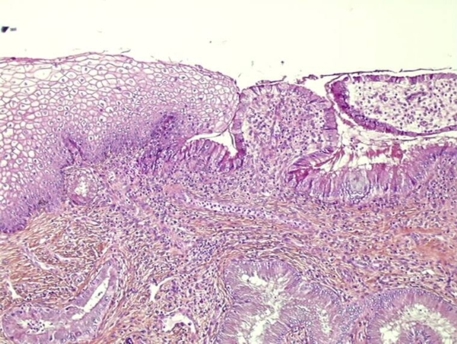

Cervical Cytology
Anatomy, physiology and histology of the cervix
| Anatomy |
| Endocervical canal |
| Ectocervix |
| Squamocolumnar junction, metaplastic process and Transformation zone |
The anatomy of the uterine cervix
Diagram of the female reproductive system. (Ross and Wilson: Anatomy and Physiology in health and illness; figure 19.3)
Lateral view of the female reproductive organs to show relationship to rectum and bladder... (Ross and Wilson: Anatomy and Physiology in health and illness; figure 19.4)
Main anatomical regions of the cervix
Original squamocolumnar junction at external os in prepubertal cervix Adolescence produces eversion of endocervical epithelium and exposure to the vaginal environment- note relocation of squamocolumnar junction Squamocolumnar junction within endocervical canal after the menopause
Histological section showing squamocolumnar junction: this region is susceptable to hormonal changes and its location changes during reproductive life.


